Sasando - Traditional Musical Instruments from Rote Culture East Nusa Tenggara (Indonesia)
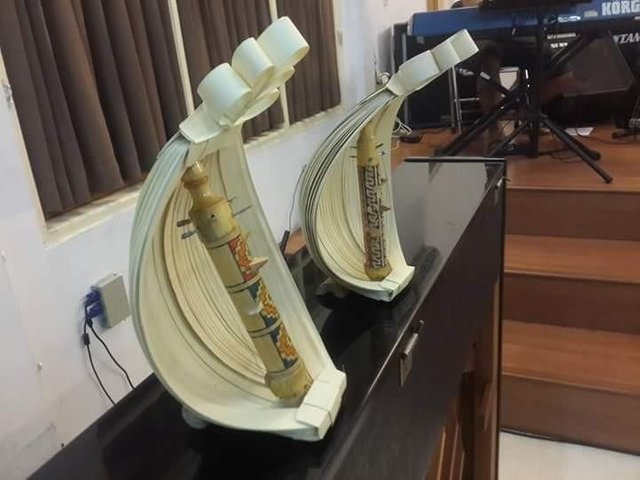
Get to know Sasando instruments and history. Sasando is a traditional musical instrument from Rote culture, East Nusa Tenggara (Indonesia).
The Rote people call it (Sasandu), which means a device that can vibrate or sound when picked. In Kupang they often refer to it as sasando, this sasando instrument has strings that are played by plucking the fingers of our hands. Sasando is a musical instrument that is picked.
It is said that historically this sasando has been used in Rote society since the 7th century.
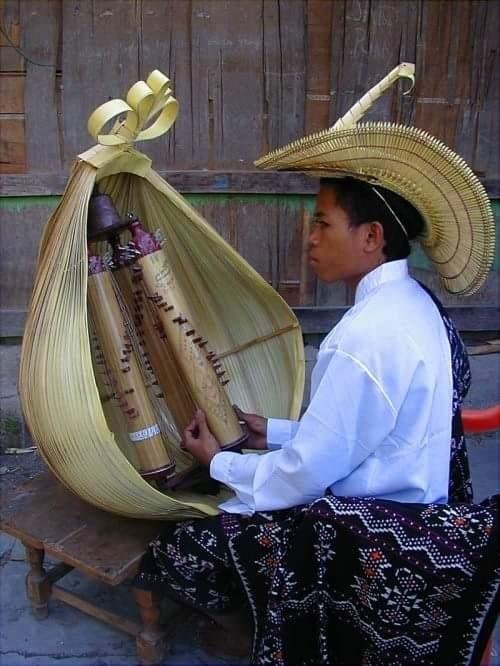
The main ingredient of making sasando is from bamboo that form long tubes. Then in the middle of the circular sasando from top to bottom is given a buffer or a wedge or in the language of the rote itself is called by senda. Senda is the place of strings or strings of sasando stretched around a tube on bamboo, which is raised from top to bottom.
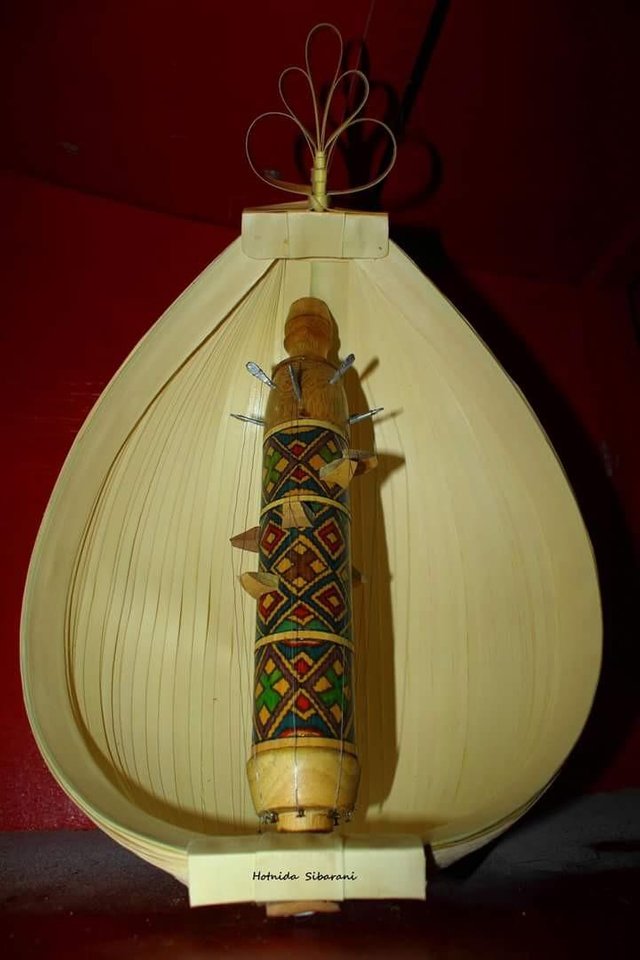
This senda gives a different tone in each passage of the sasando string. At first the tape tuner of the sasando musical instrument is made of special wood that must be rotated and then tapped to set the appropriate tone on the sasando. Then the sasando tube is placed in a container made of woven palm leaves called degan haik. Haik is what serves as the tone resonance of this sasando instrument.
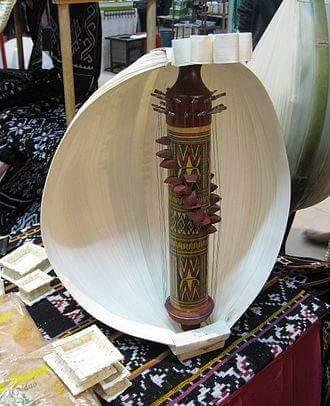
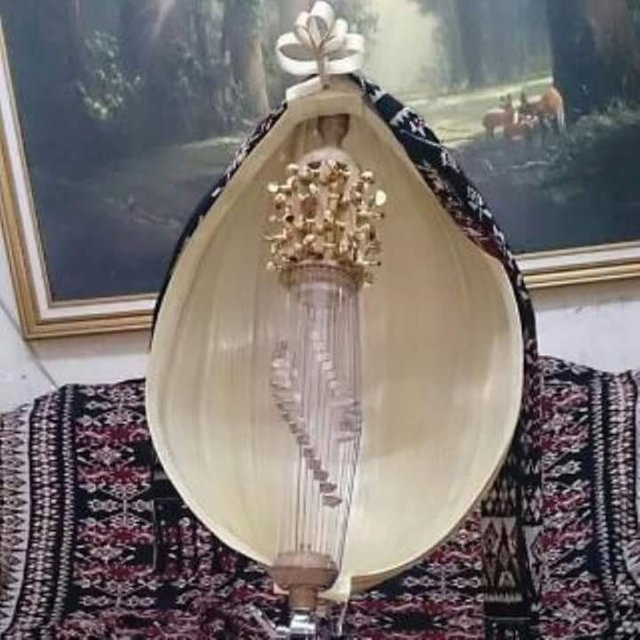
Do you know? There are several versions of ancient people's imagery which tells about the beginning of sasandu / sasando known. The story begins with the deposition of a young man named Sangguana on the island of Ndana. Then a young man named Sangguana was taken by the local people and he was brought before the King. This king is called King Takalaa which means (Great Ruler). This is the beginning of the meeting of Sangguana with the daughter of the king of Takalaa. Sangguana too has fallen in love with the princess princess, but the king has a condition to accept Sangguana as a daughter-in-law in his kingdom. Sangguana asked the king to make musical instruments that the king had never seen before l. In his dream Sangguana plays a beautiful musical instrument in a very melodious voice. It was the dream that brought Sangguana to accept the king's requirements and make the instrument as the King wanted. The instrument was named sasandu. Then the sasandu was given to the king's daughter and the king's daughter gave the instrument name Hitu (seven) the meaning of the name given because seven (7) strings of sasando vibrate together when picked / played. Sisahapun finally marry the princess, because it successfully fulfilled the wish of the king. Therefore, in its function and usage, Sasando is usually played to accompany singing, imitating singing, accompanying recitation of rhymes of the Rote region as well as to the royal tariion and to comfort the bereaved family. There is no special requirement or ritual to play it (Sasando). Anyone can learn to play it.
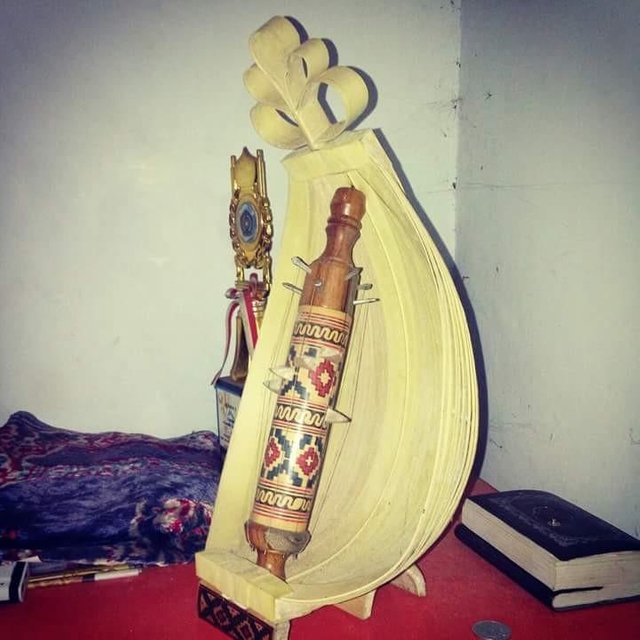
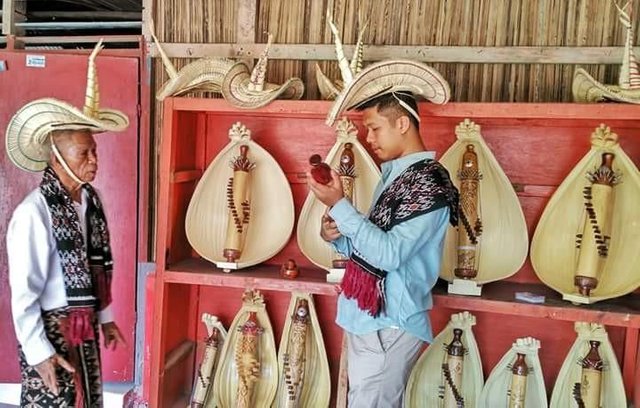
This is a very interesting knowledge, I just understand how the history of this sasando. happy to be able to preserve the culture of art.
Thanks brothers..